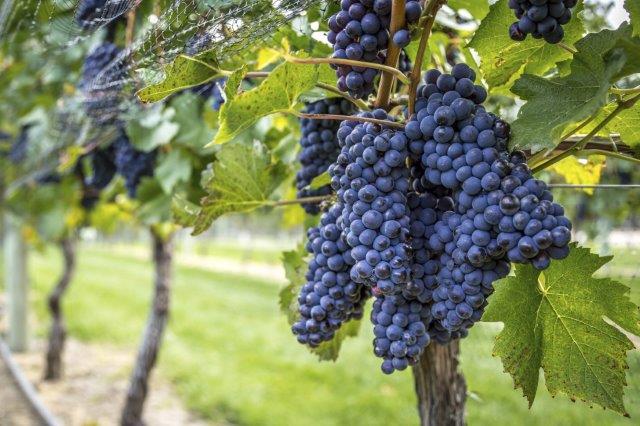FOR IMMEDIATE RELEASE
ACS News Service Weekly PressPac: January 20, 2016
Toward consistently good pinot noir
"Aroma Potential in Early- and Late-Maturity Pinot noir Grapes Evaluated by Aroma Extract Dilution Analysis"
Journal of Agricultural and Food Chemistry
The grapes used to make pinot noir, the red wine of hit comedy "Sideways" fame, are known to be literally and figuratively thin-skinned. They're highly sensitive to their environment, making it difficult for growers to determine their quality at harvest time. To get a better handle on the finicky fruit, scientists have now figured out how the grapes' aroma profile changes as they ripen. Their report appears in ACS' Journal of Agricultural and Food Chemistry.
As any wine connoisseur knows, aroma is a critical component to a vintage's quality. It changes as a grape matures, and ultimately, the blend of aroma-related compounds when the fruit is plucked from the vine determines how good the resulting wine is. But the current analytical techniques used to tell whether a wine grape is ready to be picked rely on sugar content and acidity. Michael C. Qian and Fang Yuan wanted to develop a way to determine maturity based on aroma.
The researchers identified 49 main odor compounds in young and ripe pinot noir grapes from two consecutive years, 2012 and 2013, using a technique called gas chromatography mass spectrometry. Of those, four were consistently found in mature grapes. Their results could help growers figure out the best time to harvest their crop and ensure its quality.


